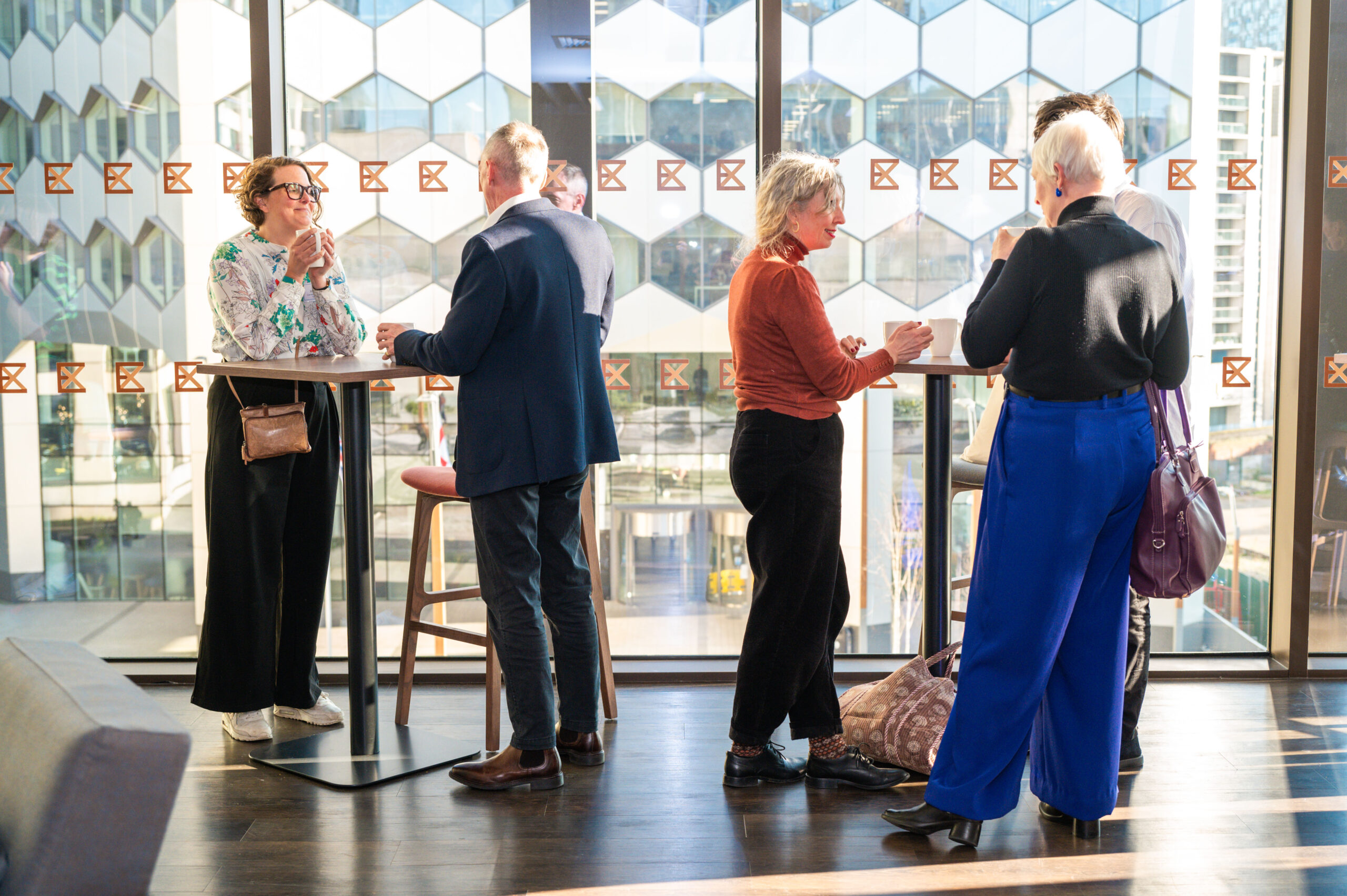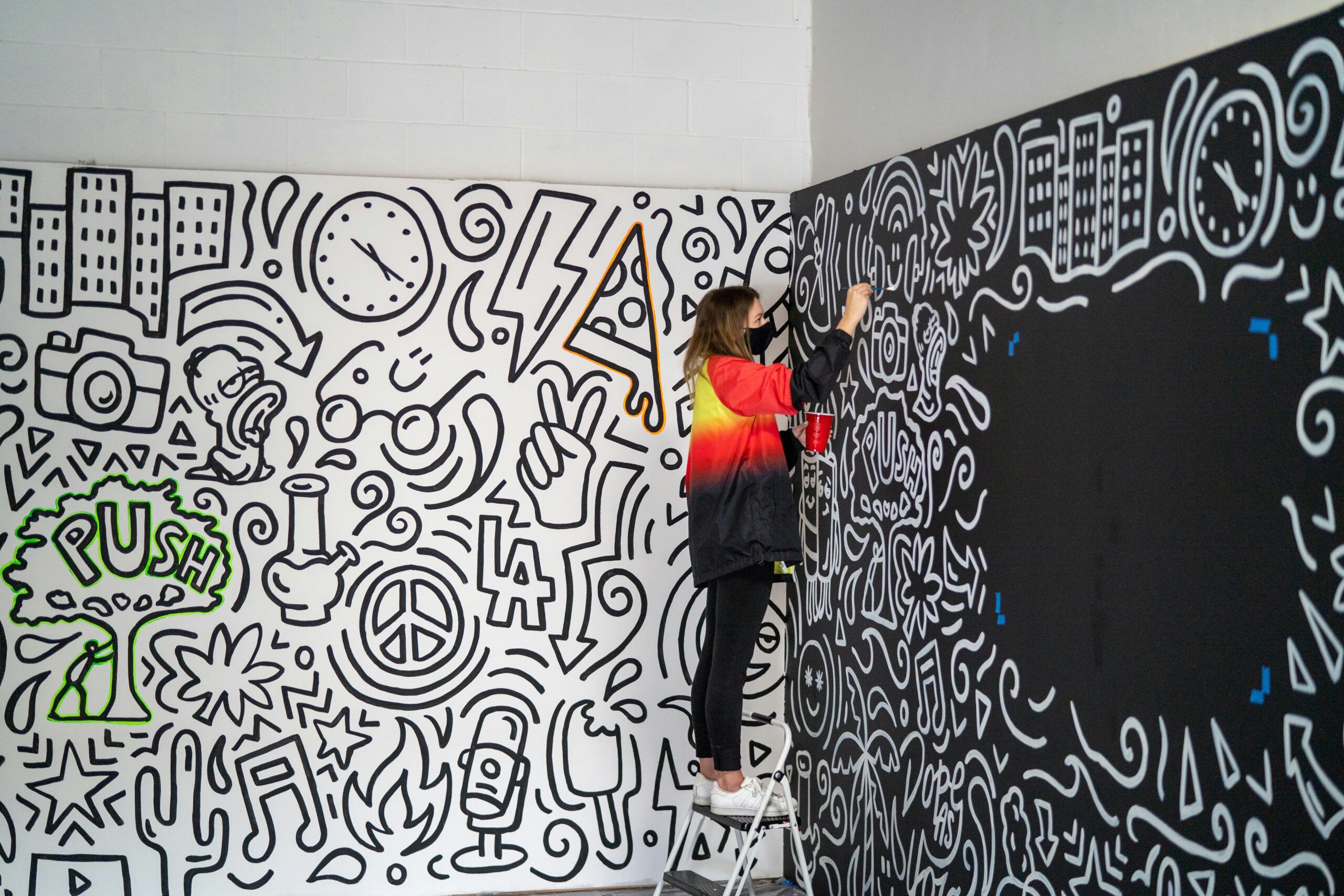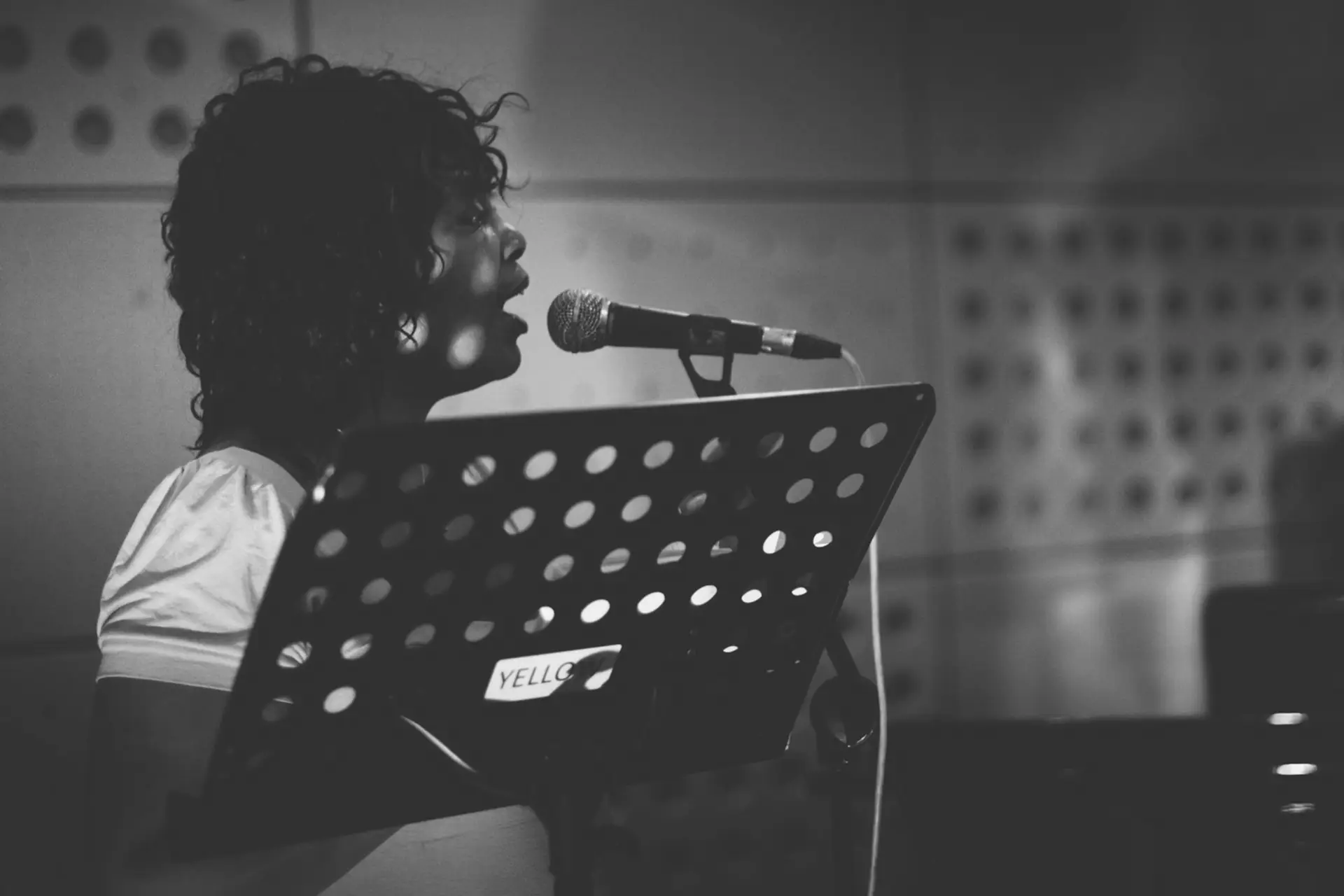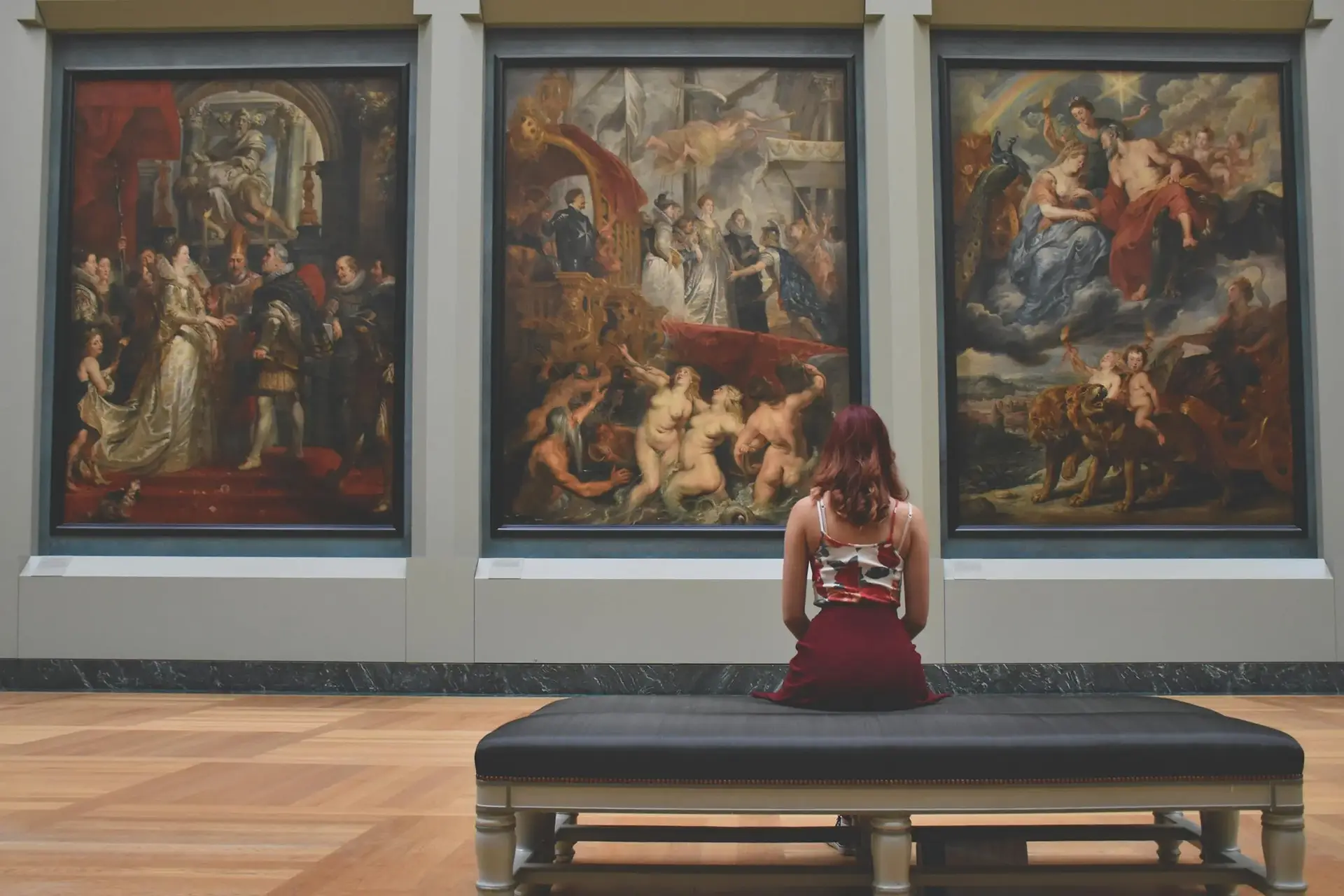I’m writing this article on a train from Southport to Burnley, a journey which connects two days of meetings with FPAC partners in those locations.
I’ve spent the day today with the team at the Southport Cultural Partnership, who are using arts and culture as a new engine to create activity and growth in a town still recovering from last summer’s horrific murders. At the same time they have taken leases on three disused spaces in a magnificent Victorian wrought iron shopping centre and created spaces for local artists to make art, and a fledgling café (which also sells artists’ wares).
The work is inspiring – how to change the narrative about a place using its cultural heritage and creative opportunity. These are talented, dedicated individuals who are passionate about changing lives in their town. But their work is ambitious, and it needs funding. Indeed I would say it deserves funding.
And that is where FPAC comes in. Our support to date has included:
- Introducing the sector locally to the idea of seeking private support (in this case from business and foundations as well as individuals) – it was reiterated this morning that there is almost no individual fundraising in Southport
- Helping to craft the case for philanthropic support
- Helping to design giving programmes
- Instilling skills and confidence in this new approach to working.
- Hosting round table discussions
And it’s starting to bear fruit: the team is now planning a festival in December and FPAC is supporting them to create a programme of patronage to appeal to new donors; this should provide valuable core funding to support their work.
Next stop is Burnley where we’ve been working with Burnley Leisure and Culture for around 18 months. There the priority is to build a programme of funding to underpin a year of cultural celebration in 2027, and ideally to support ongoing so-called legacy activity in the years that follow.
Again, there is an energetic and engaged team here, enthusiastically embracing this new approach and seeking support and encouragement from everyone and anyone we can think of to ask from Lord Lieutenants to local politicians to the business community (already significantly engaged in making Burnley a better place through the Burnley Bondholders network). The 2027 year of culture is an ambitious programme with ambitious funding targets. We are supporting the team in creating the narrative to underpin a fundraising campaign, which would be a new approach to arts funding in Burnley.
And last week I spent a couple of hours with the team at Gloucester Culture Trust, along with three local philanthropists, to plan some round table events in the Autumn to engage an ever wider group in the conversation. We have been working with the Gloucester Culture Trust to co-create networking events to bring cultural organisations, stakeholders and philanthropists together. The Gloucester Culture Trust reports that two separate local charities have received philanthropic support as a direct result of these networking activities, and in addition they have supported two separate local arts organisations in successful matched funding campaigns through FPAC’s Arts for Impact programme in collaboration with Big Give. Gloucester is an Arts for Impact success – around £170K was raised for local organisations in the campaign which took place earlier in the year.
These three examples illustrate both the power of collaboration, but also that the role of FPAC can be very varied – we support partners in developing a place-based case for support; we offer support for partner arts organisations in these locations to raise funds; we help to convene wider conversations around philanthropy; we support in making the ask, and we are happy to co-curate events to bring stakeholders together. Every conversation is different, and each place has its unique challenges. But, underpinned by lessons learnt from partners nationally, the work is beginning to pay off, not least due to the Arts for Impact fund.
I would like to end with the words of Phil Hindson, Chief Executive, Gloucester Culture Trust:
“Over the past two years our partnership with Anna and the team at Figurative Philanthropy for Arts and Culture has transformed how we approach philanthropy in Gloucester. Working strategically across Gloucester’s cultural sector to support its growth and resilience, identifying new and sustainable fundraising streams is essential. FPAC’s national expertise and their collaborative approach has supported us to develop events that not only invite people to celebrate Gloucester’s unique creative energy but also build meaningful, long-term relationships with potential donors, even after we’ve locked them in a shipping container to experience Darkfield’s Arcade. Moving beyond one-off opportunities towards a more strategic, sustainable approach to philanthropy.”
We’d be delighted to hear from those interested in Place-Based Arts Partnerships and participating in our conversations around the country, or indeed to initiate conversations in new locations.




